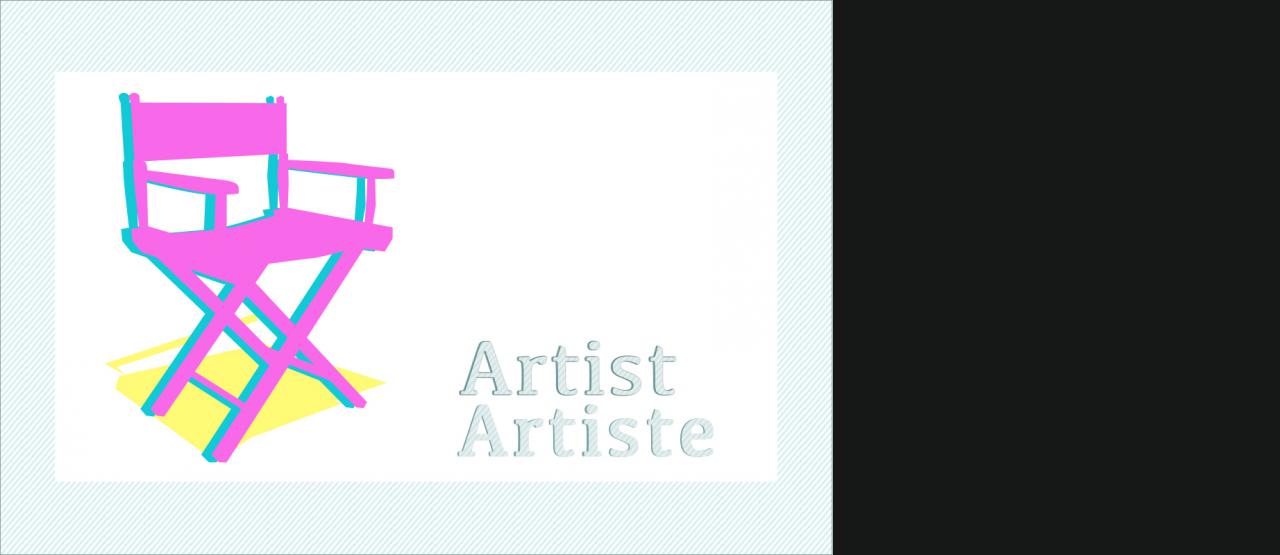Marc Paradis

Videomaker. The most important Québécois gay male voice in video in the 1980s, the pioneering and prolific Paradis is known for his moody, obsessed and poetic reflections on the male body, passion, taboos and limits, relationships and loss (See Chapter 8). Internationally known and respected on the international art video circuit, Paradis is less well known in English Canadian queer networks, perhaps because of the sometimes specialized standards and miniature formats of art video, because of the unfamiliar combination of hard core imagery and subtly layered aestheticism (including his studied music tracks, combining original compositions with his indulgence of liturgical vocals), or because his morose, philosophical voice-overs seem excessive in translation. Paradis’s first work, Voyage de l’ogre (1981), an essay that connects the horror of Chicago serial killer John Gacy to testimonies of nubile young Montrealers on their experiences and fantasies of hustling, is his most socially conscious work. Most others unfold in the intensely personal and hermetic universes of individual desire, such as Paradis’s triptych on lost love, L’incident Jones (1986), Délivre-nous du mal (Deliver Us From Evil, 1987) and Lettre à un amant (Letter to a Lover, 1988), the latter with its masturbatory lyricism being one of his finest works. Paradis was also an influential curator and active member of the video network during the 1980s. His narrative Harems (1991), a delirious dreamlike love story between a screenwriter and a go-go boy, was his longest work, almost an hour, as well as, apparently, his last.


